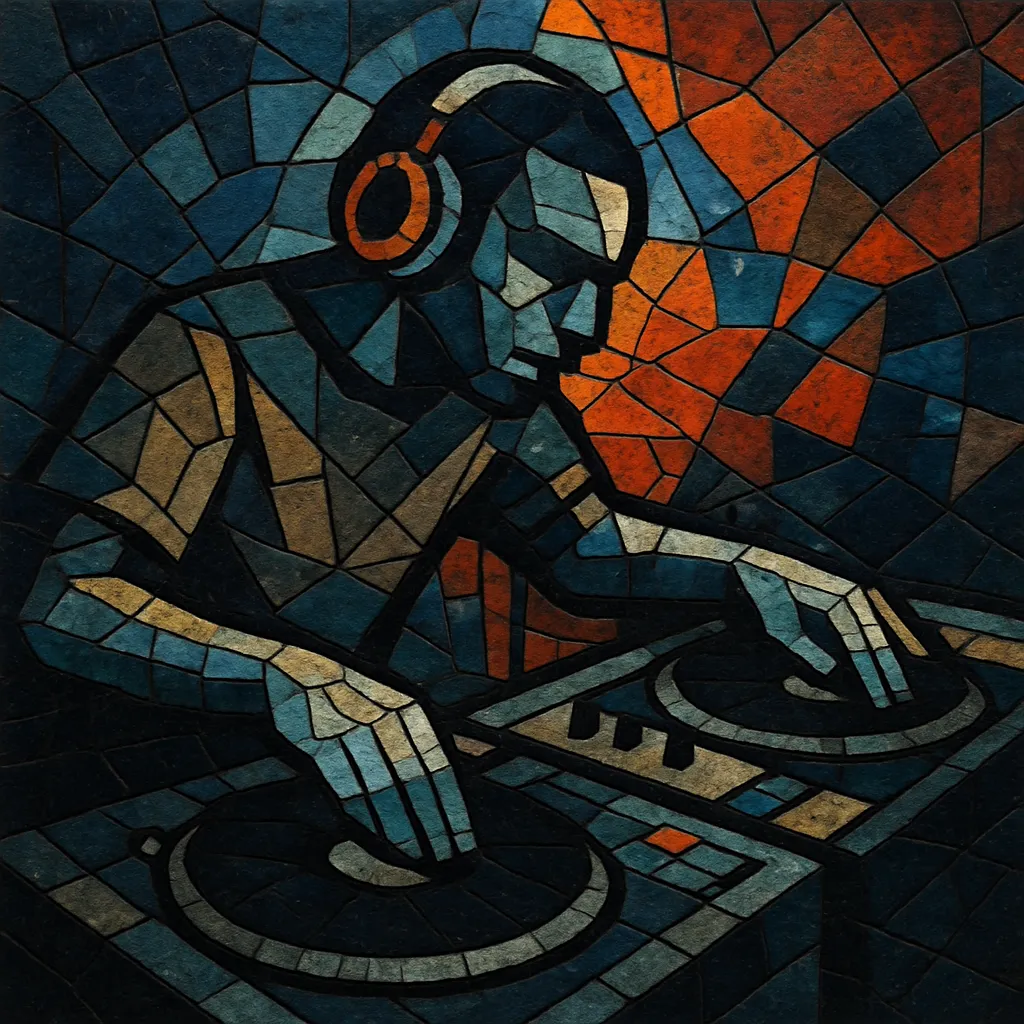Nu skool breaks (often shortened to "nu breaks") is a late-1990s/early-2000s evolution of breakbeat that emphasizes tight, futuristic sound design, heavy sub-bass, and punchy, syncopated drum programming.
Compared to big beat’s sample-heavy, rock-influenced swagger, nu skool breaks is cleaner, more club-focused, and more tech-driven. Tracks typically run around 125–135 BPM, feature rolling breakbeats and crisp percussion, and blend influences from techno, electro, house, hip hop, and Miami/Florida breaks. The result is dancefloor-primed music with a strong low-end, sculpted midrange, and sleek, modern aesthetics.
Key labels and nights—such as Marine Parade, Finger Lickin’, TCR (Thursday Club Recordings), and Botchit & Scarper—helped codify the sound and push it globally during its peak in the early 2000s.
Nu skool breaks emerged in the United Kingdom as a sleeker, more club-oriented strain of breakbeat. Producers and DJs began fusing the syncopation of classic breaks with the precision of techno and the bite of electro, while retaining hip hop’s sampling ethos and funk’s groove. Early releases on labels like Botchit & Scarper and TCR set the tone: less rock sampling than big beat, more sub-focused bass design, and sharper, digital-era production.
The sound hit its stride in the early 2000s via imprints such as Marine Parade (Adam Freeland) and Finger Lickin’ (Plump DJs), alongside artists like Stanton Warriors, Rennie Pilgrem, Meat Katie, and Elite Force. UK club culture, festival stages, and specialized radio shows helped export the style to Europe, North America, and Australia. Beatport’s Breaks charts and dedicated club nights reinforced a strong international scene.
As the decade progressed, nu skool breaks intersected with UK garage and electro, and inspired hybrid forms (often dubbed “tech-funk”) that blurred lines between techno, house, and breaks. The scene’s emphasis on sub-bass, swing, and sound design fed into emerging bass music movements. While commercial attention later shifted toward electro house and dubstep, nu skool breaks’ DNA—clean production, rolling breakbeats, and a club-first mindset—remains audible in modern midtempo bass, glitch hop, and contemporary breaks revivals.
Today, nu skool breaks is both a historical pillar and a living influence. Its catalog still fuels DJs, and its production values (tight low-end, snappy drums, and sleek electronics) underpin much of today’s break-led club music.


